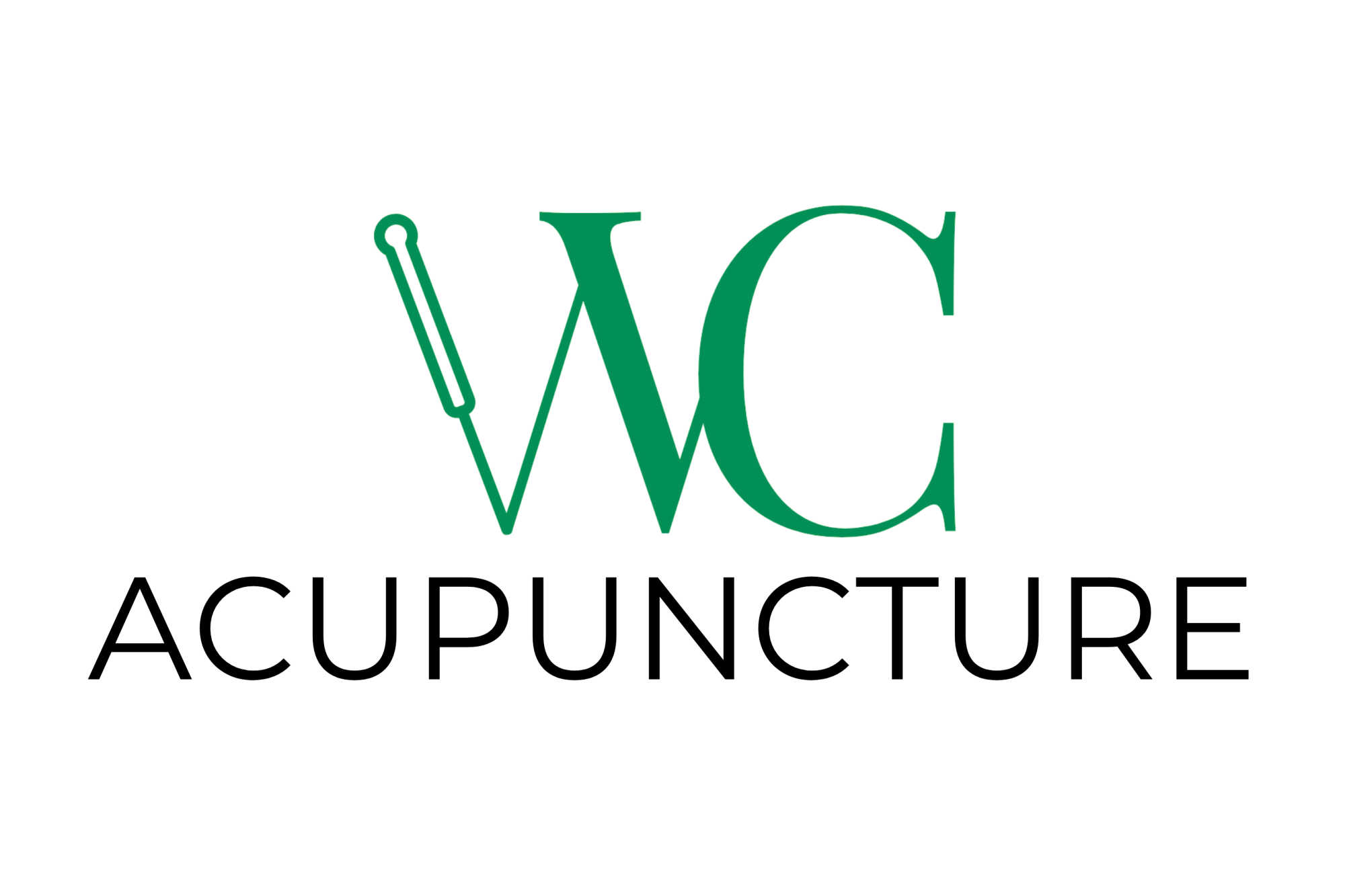If you’re considering acupuncture as a form of treatment for any ailment or simply looking to improve your overall well-being, one of the first things you might wonder about is the needles. After all, they’re the “point” of the whole process (pun intended)! But did you know that there are different types of acupuncture needles? In this blog post, we’ll explore the various needles used in acupuncture, their unique characteristics, and how they can affect your treatment experience.
The Basics: Material, Length, and Diameter
Acupuncture needles are typically made from high-quality stainless steel, which allows for a smooth and painless insertion. They are incredibly thin, ranging from 0.12 to 0.35 millimeters in diameter, which is much smaller than the needles used for injections or drawing blood. The length of acupuncture needles can also vary, with some as short as 15 millimeters and others as long as 130 millimeters. The specific needle chosen by your acupuncturist depends on factors such as the depth of insertion required and the area of the body being treated.
Now, let’s dive deeper into the different types of acupuncture needles:
Filiform Needles
Filiform needles are the most common type of acupuncture needles used today. They are solid, flexible, and have a tapered tip that allows for easy insertion into the skin with minimal discomfort. The handle of filiform needles can be made of various materials, including stainless steel, silver, gold, or plastic, and may be looped or coiled for better grip and control.
Press Needles
Press needles, also known as intradermal needles, are tiny and shorter than filiform needles. They are designed to remain in the skin for a longer period (up to a few days) and provide continuous stimulation to the acupuncture points. These needles are often used in the treatment of chronic pain and other conditions that require sustained pressure on specific points.
Plum Blossom Needles
Plum blossom needles, or seven-star needles, consist of a group of small, filiform needles arranged in a circle around a central needle. These needles are attached to a flexible handle and are gently tapped onto the skin’s surface, creating a mild stimulation. Plum blossom needles are often used in conditions where a larger area needs to be treated or where superficial stimulation is more appropriate.
Electroacupuncture Needles
Electroacupuncture needles are similar to filiform needles but are designed to be used in conjunction with a mild electric current. During an electroacupuncture session, the needles are inserted into the acupuncture points and then connected to a device that delivers small electrical pulses. This method is believed to enhance the therapeutic effects of acupuncture, particularly in the treatment of pain and neurological disorders.
Auricular Needles
Auricular needles are specifically designed for use in ear acupuncture, a form of treatment that focuses on the ear’s reflex points. These needles are typically shorter, thinner, and more delicate than other acupuncture needles, making them suitable for the ear’s small and sensitive areas.
In Conclusion
Understanding the differences in acupuncture needles can help demystify the treatment process and set your mind at ease. Remember, a skilled and experienced acupuncturist will choose the appropriate needle type for your specific needs and condition, ensuring a safe and effective treatment. So, if you’re curious about acupuncture and the tools of the trade, don’t be afraid to ask your practitioner about the needles they use – they’ll be more than happy to share their knowledge with you!
